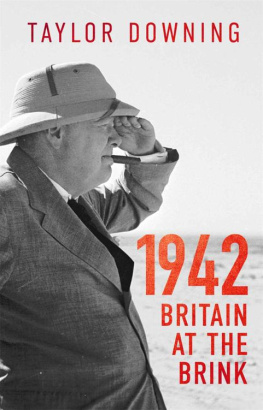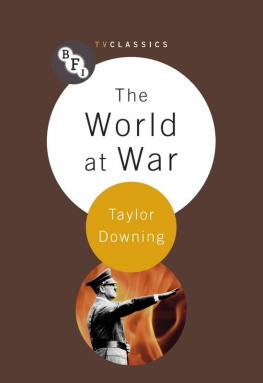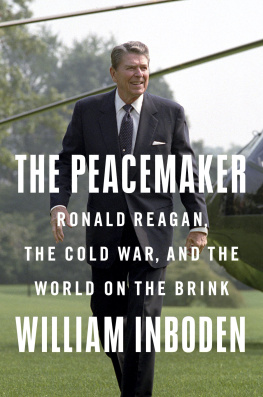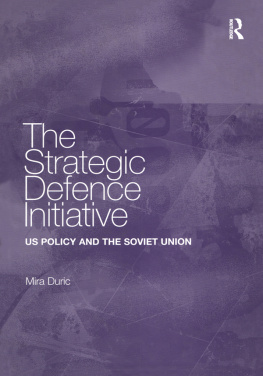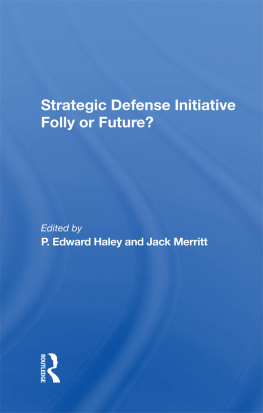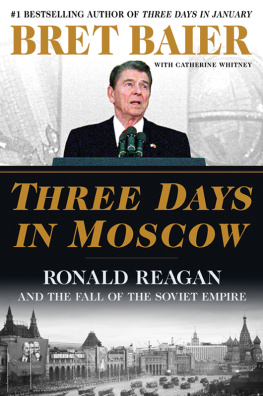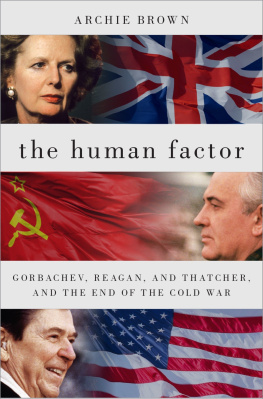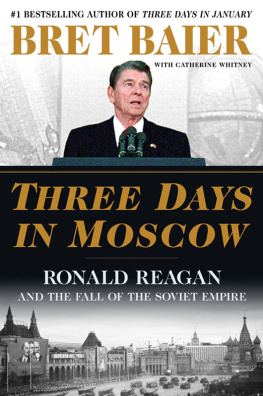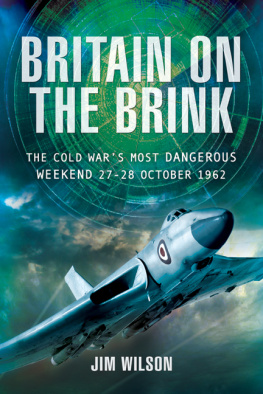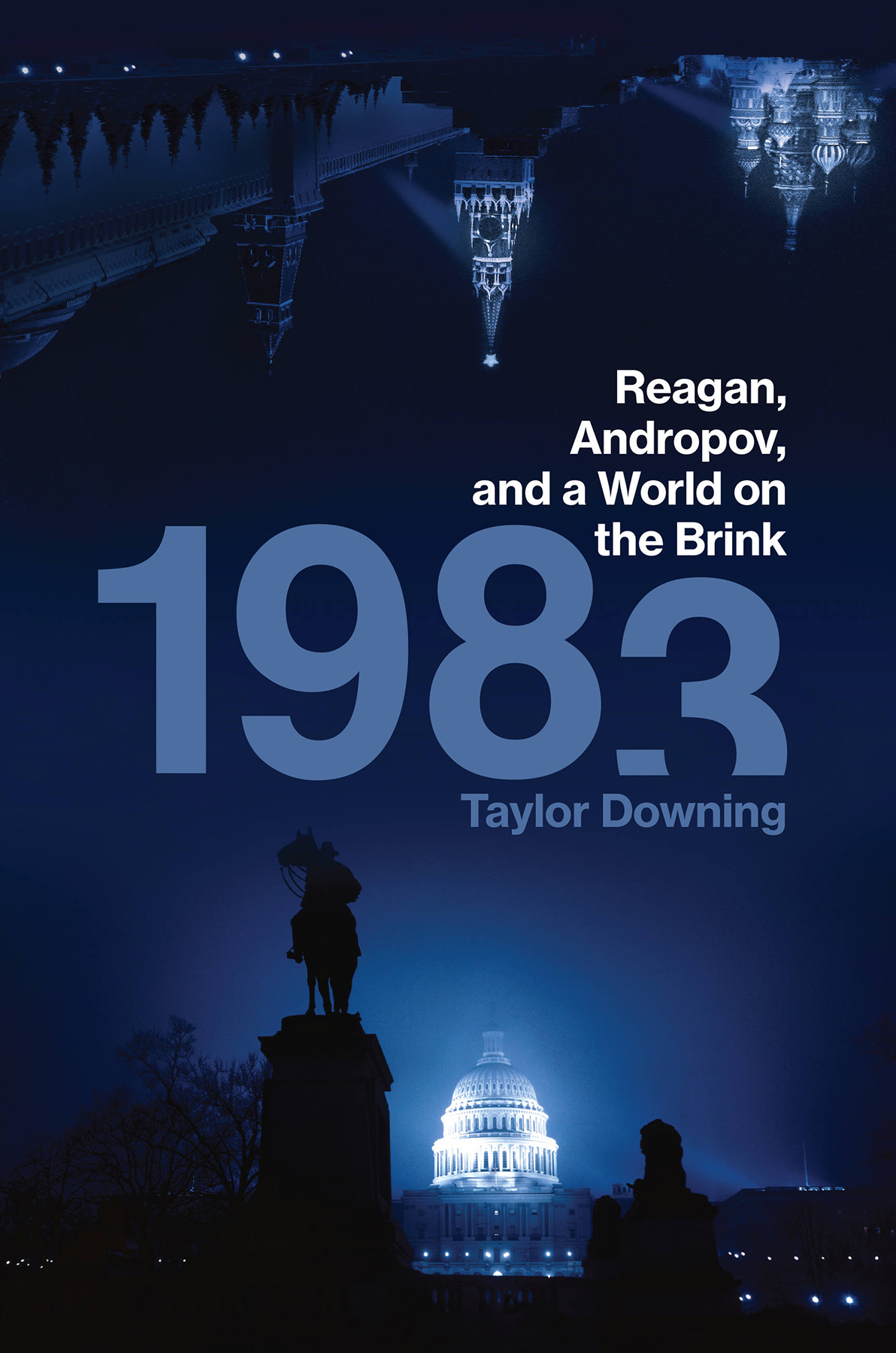At 8 a.m. on Monday, 6 August 1945 the city of Hiroshima was teeming with people. Citizens were streaming towards the centre of the city to their places of work. Trams and streetcars loaded with passengers clattered their way through crowded streets. The bridges over the six tributaries of the Ota river that flow through the city and out into the Inland Sea were packed with commuters. Eight thousand schoolgirls had been drafted in to the centre of the city to work on air raid defences. Tens of thousands of soldiers in the local barracks, stripped to the waist, were performing morning exercises. It was a beautiful summer morning, already warm, and a little humid, suggesting it would get uncomfortable later in the day. There was a bright blue sky above. There had been an air raid warning earlier but the all-clear had been sounded half an hour before. Few people noticed the three aircraft, tiny specks in the sky at 31,000 feet, one ahead of the two others. A doctor at home, two miles north of the city centre, wrote in his diary, Shimmering leaves, reflecting sunlight from a cloudless sky, made a pleasant contrast with shadows in my garden.
At 8.15 a.m. a blinding flash of what seemed like lightning lit up the sky followed almost immediately by a wall of heat. No one near the centre of the city survived to give an account of what happened next. A college student well away from the centre remembered, we felt a tremendous flash of lightning. In an instant we were blinded and everything was just a frenzy of delirium. The first atom bomb had been dropped by an American B-29 bomber and had exploded 1800 feet above the city centre.
Later calculations put the temperature at the hypocentre of the explosion, the point on the ground directly below where the bomb ignited, at between 3000 and 4000C. Buildings were vaporised in an instant. At 600 metres from the hypocentre the heat was intense enough to scar granite, and at 1000 metres roofing tiles bubbled. People were incinerated and nothing was left except for small human-like shapes on pavements and walls where their bodies had temporarily blocked the severe heat. Up to 2000 metres from the hypocentre life and property were shattered, burned and buried under ashes. The destruction had taken place in two or three seconds. There was no escape.
Further out from the centre towards the suburbs there were survivors. But the hell that descended around them probably made many wish they had died instantly too. Fires were ignited up to 4000 metres from the hypocentre. The blast wave sent out from the bomb pulled down wooden buildings up to the same distance. Within seconds everything was covered in a thick fog of dust, smoke and ash. Men, women, children and babies were terribly burned, their skin blackened and blistered. Hair was burned right off scorched bodies. Some people were seen staggering about in agony. Others were on hands and knees crawling over bodies or body parts. Those a little further from the centre were still so badly burned that their skin began to peel off. As uninjured people from the outskirts came into the city to help they were met with hideous sights, not only of bodies piling up but of living, almost unrecognisable ghosts groping their way around, calling out the names of family members separated in the destruction and chaos. Most tram cars were just blackened wrecks, the passengers burned to cinders. Flames were whipped up by the winds into a firestorm that wreaked further devastation out into the suburbs. The ghastly smell of burning flesh filled the air. Hundreds, thousands crawled or jumped into water tanks that had been put up throughout the city to try to prevent fires spreading in the event of incendiary bombs being dropped. Others leaped into the rivers that were so much a feature of the city to try to escape the firestorms. But most of them were so badly injured that they did not survive long, and within hours vast numbers of blackened corpses started piling up along the estuary banks and the sea shore.
A later report calculated that of 76,000 buildings in the city of Hiroshima, 70,000 were damaged or destroyed. All the facilities of urban life, including the city hall, police stations, fire brigades, schools, roads, banks, shops, electricity and gas supplies, sewage systems, hospitals and medical centres, were destroyed. Ninety per cent of all medical personnel were killed or disabled. It is thought that about 70,000 people died in the first few hours after the bomb dropped.
For the survivors, this was only the beginning of their horror. After a few days, even those who had escaped terrible burns started to sicken. They went down with nausea, vomiting, diarrhoea and fever. Blisters and ulcers began to appear on their skin, in their mouths and throats, and on their gums. They suffered from hair loss. The doctors did not know what they were witnessing and called this atom bomb sickness. What they were seeing was the first ever case of mass radiation sickness. Victims were suffering from an extremely low white blood cell count and infections caused by gamma rays. Few recovered. By the end of the year the total death toll from the bomb was estimated at 140,000, and after five years this had gone up to 200,000.
Three days after Hiroshima was hit, a second bomb was dropped. This was a plutonium implosion bomb, using a different fission process from the first. The target was Kokura, but when the B-29 arrived overhead heavy cloud cover obscured the city. So the plane flew on to its secondary target, Nagasaki. The same horror ensued on the ground after the explosion of this bomb. But Nagasaki was surrounded by steep hills so the loss of life was less severe. Probably about 40,000 died within hours, 70,000 by the end of the year, and 140,000 over the next five years.
The day before, the Soviet Union had declared war on Japan and the Red Army marched into Manchuria and then north Korea. Still the military faction in the Cabinet in Tokyo refused to consider capitulation. But on 10 August, Emperor Hirohito overruled his Cabinet and announced his intention to surrender. A few more days passed before final terms were agreed, and on 14 August the Second World War ended. But the atomic age had begun.


